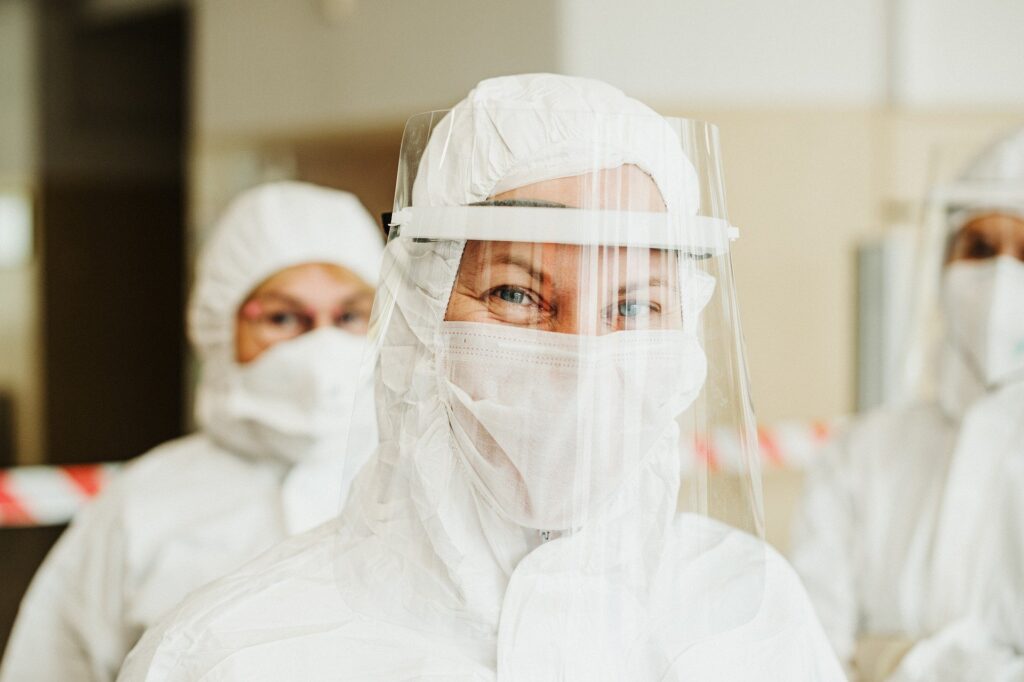Various agencies around the world have long highlighted a potential pandemic as one of the greatest threats to global health. Before the outbreak of severe acute respiratory syndrome (SARS-COV) in 2002, institutions like the Centre for Disease Control (CDC) developed various models for influenza pandemic planning. These models extol the importance of social distancing in buying time for immunologists to develop an effective vaccine. However, the conventional timeline for vaccine development and testing can be torturously slow.
Since the genetic sequence of the novel coronavirus, or COVID-19 (SARS-COV-2), was published in January 2020, there has been a concerted effort from academia and industry around the world to accelerate the vaccine development process. Advanced ceramic materials manufacturers have been among those looking to leverage next-generation technologies in the fight against COVID-19.
Among the many avenues currently under consideration is the use of 3D printing with advanced ceramic material feedstocks. An EU-funded project named NESSIE is geared specifically toward addressing the slow timeframes of vaccine development using additively-manufactured advanced ceramic material structures.
Understanding the Challenges of Vaccine Development
Vaccine manufacturing is a complex, often drawn-out process that typically combines the efforts of both public and private entities. Every step taken between initial exploratory stages (i.e. antigen identification) and market release is carefully controlled by regional authorities, with the degree of regulatory oversight typically intensifying throughout the development cycle. This can inhibit progression and drastically increase timescales, while also acting as a barrier to entry for innovative materials and new technologies into immunological spaces.

However, the global COVID-19 pandemic has forced manufacturers and regulators alike to begin thinking outside the box when it comes to developing potential vaccines for the novel coronavirus.
Before we move on to discuss how 3D printing of advanced ceramic materials could help ease bottlenecks in vaccine development, it is worth highlighting that regulatory oversight is a medical necessity, and that slow time to market is a small price to pay for effective vaccines with negligible harmful side-effects. It is, in fact, vital to public health.
How Can Advanced Ceramic Materials Help?
The NESSIE project uses ultra-high resolution advanced ceramic 3D printing technology to develop finely microporous absorbent columns for liquid chromatography (LC). In the context of vaccine development, LC is used to purify biopharmaceutical reagents – including antigenic material – that may be of limited quantities. These hybrid structures are a completely unique innovation, improving the quality of separations and significantly reducing production costs. Currently, the NESSIE project is looking to test these LC columns for adenovirus purification.
International Syalons has stayed open for business throughout the COVID-19 pandemic, but other companies were not so fortunate. However, we have now entered a phase of the crisis wherein the goal is to “live with” the virus; an approach likely to lead to fewer business closures, a greater number of infections, and an unknown impact on hospitalizations and morbidity. It is evident however that our ability to shift to this new normal is built on the pioneering work of COVID-19 vaccinologists. Over 49 million people in the UK are fully vaccinated, accounting for over 73% of the population. The fact that this feat has been achieved in little over two years after the sequencing of the infectious disease itself, is nothing short of astonishing.
If you would like to discuss your research and development (R&D) needs or have concerns about advanced ceramic materials supply due to constricted supply chains, simply contact a member of the team today.
References:

